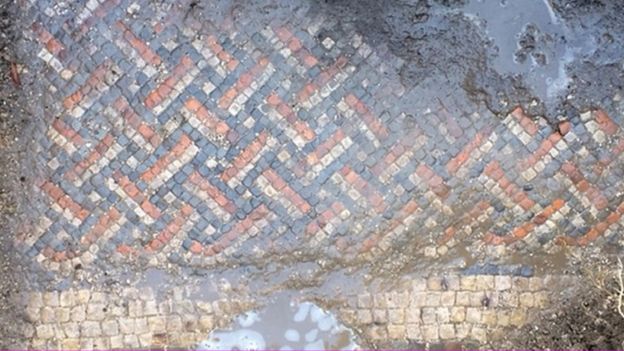Construction workers have unearthed 600kg of Roman bronze coins, a unique and "hugely important" discovery according to experts.
Routine building work in southern Spain unearthed a very unexpected find this week, when over 600kg of Roman coins were discovered.
The find is "unique in Spain and perhaps the world" experts said of the coins, which were stored in 19 Roman amphoras or containers.
"We have a team looking into the discovery right now, We believe it is hugely important and will have more information very soon," said a spokesman at Andalucia's Ministry of Culture in Seville told The Local on Thursday.
Read the rest of this article...








